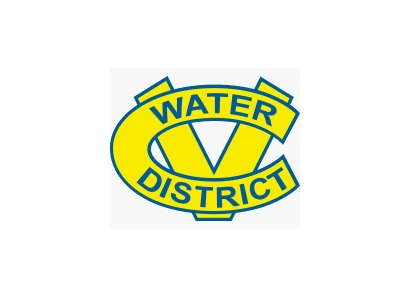News from the Coachella Valley Water District
Many buildings are closed to the public or have limited access in order to help slow the spread of COVID-19. The resulting drop in building water use increases the risk for Legionella growth in building plumbing and associated equipment like cooling towers, pools, decorative fountains, hot tubs and other equipment. To prevent Legionella growth, these systems must be actively managed and maintained.
Legionella is a bacterium found naturally in fresh water and, when allowed to grow and multiply in building water systems, can be the source of serious lung infections such as Legionnaires’ disease and Pontiac Fever. In response to COVID-19, the Centers for Disease Control and Prevention (CDC) has updated guidance for building water systems and devices after a prolonged shutdown to help building managers reduce the risk from Legionella prior to re-opening.
Building closures and reduced occupancy affect all environmental systems operating inside buildings including 1) potable and non-potable water systems, 2) cooling towers, and 3) heating, ventilation and air conditioning (HVAC) that regulate interior relative humidity and control mold. These systems must be actively managed and maintained to protect the health of building users. In addition to managing systems during shutdown periods, building owners and operators need to implement well thought out start up protocols to ensure public health protection when re-opening closed or partially closed facilities. Each building is different and will require different actions based on its plumbing systems, use patterns, and source of water supply.
Ensure the safety of your building water system and devices after a prolonged shutdown:
People can get Legionnaires’ disease or Pontiac Fever when they breathe in small droplets of water in the air that contain Legionella.
Stagnant or standing water can lead to low or undetectable levels of chlorine or other disinfectants and warm water
conditions that increase the risk for growth and spread of Legionella. Even small amounts of stagnant water in building plumbing and associated equipment can provide optimum growing conditions that allow bacteria to multiply. People can breathe in small droplets of this contaminated water during some building uses when operation is resumed.
8 Steps to take before your business or building reopens:
For CDC’s detailed recommendations regarding each step, links to toolkits, and specific methods to follow, visit:
https://www.cdc.gov/coronavirus/2019-ncov/php/building-water-system.html.
1. Develop a comprehensive water management program (WMP) for your building water system and all devices that use water
2. Ensure your water heater is properly maintained and the temperature is correctly set
3. Flush your building water system and associated equipment
4. Clean all decorative water features, such as fountains
5. Ensure hot tubs/spas are safe for use
6. Ensure cooling towers are clean and well-maintained
7. Ensure safety equipment including fire sprinkler systems, eye wash stations, and safety showers are clean
8. Maintain your building water system
